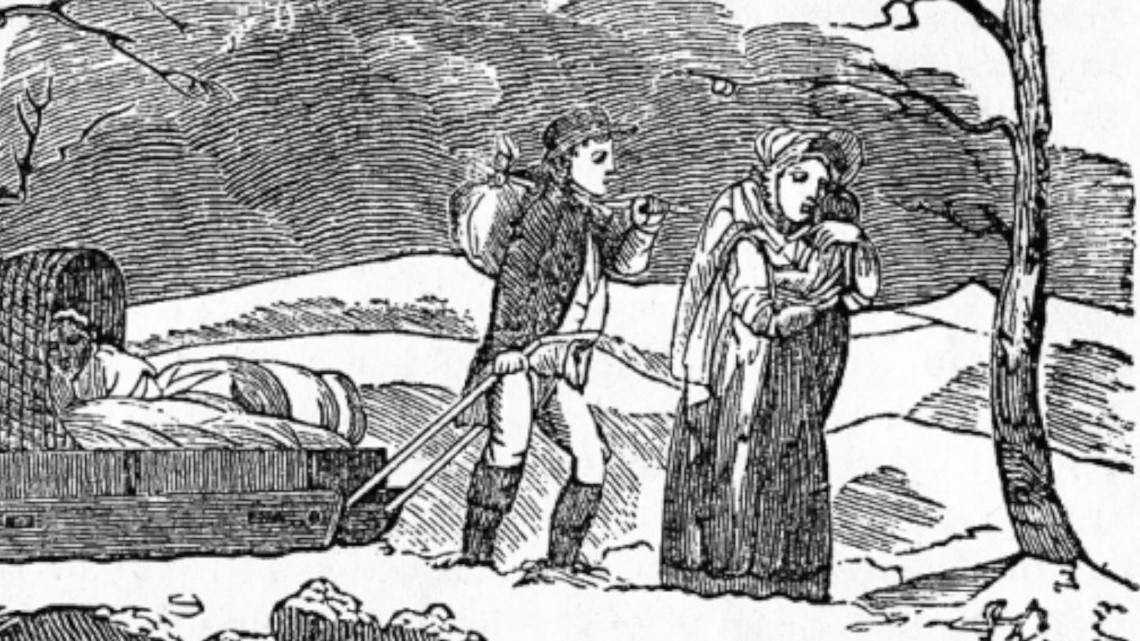HARTFORD -- Our weather has been cool and rainy as of late, with temperatures staying below average. But this week in 1816 took that cool weather to a whole new level. But there was one big event that caused it.
It must have really freaked people out in 1816 when what was described as a dry fog overspread in the area for months in the spring, followed by snow, frost and cold temperatures all the way through the summer.


It was all because of a huge volcanic eruption on the other side of the world.
In April of 1815, the eruption of Mount Tambora in Indonesia, was heard as far as 1,600 miles away. This eruption was one of the largest in the past 10,000 years, so it’s safe to say this eruption was huge. It launched an enormous ash cloud, reaching 147,000 feet into the sky, which blanketing the earth for months.
In New England, what started as beautiful red sunsets, turned into a darker dry fog, and the temperatures never warmed as spring turned into summer. On June 7,1816, the temperature in New Haven was 35 degrees, with snow in the northwest corner of Connecticut.
Reverend Thomas Robbins of South Windsor described that year as “1,800 and froze to death" as crops across New England were ruined, and it became known famously as the year without a summer.


By the following year, the ash gradually dissipated and temperatures slowly returned to normal. Overall, it’s estimated that the eruption itself and effects from the resulting ash cloud killed nearly 100,000 people worldwide. The ash cloud, coupled with a decrease in solar activity, temporarily cooled the globe by around 1 degree fahrenheit, which was enough to cause major problems.


There arguably were some good things that came out of this though. That summer in Switzerland, author Mary Shelly and friends were stuck in their cabin due to all the rainy cool weather. They decided to have a contest to see who could write the scariest story, and Shelly won, writing Frankenstein.

